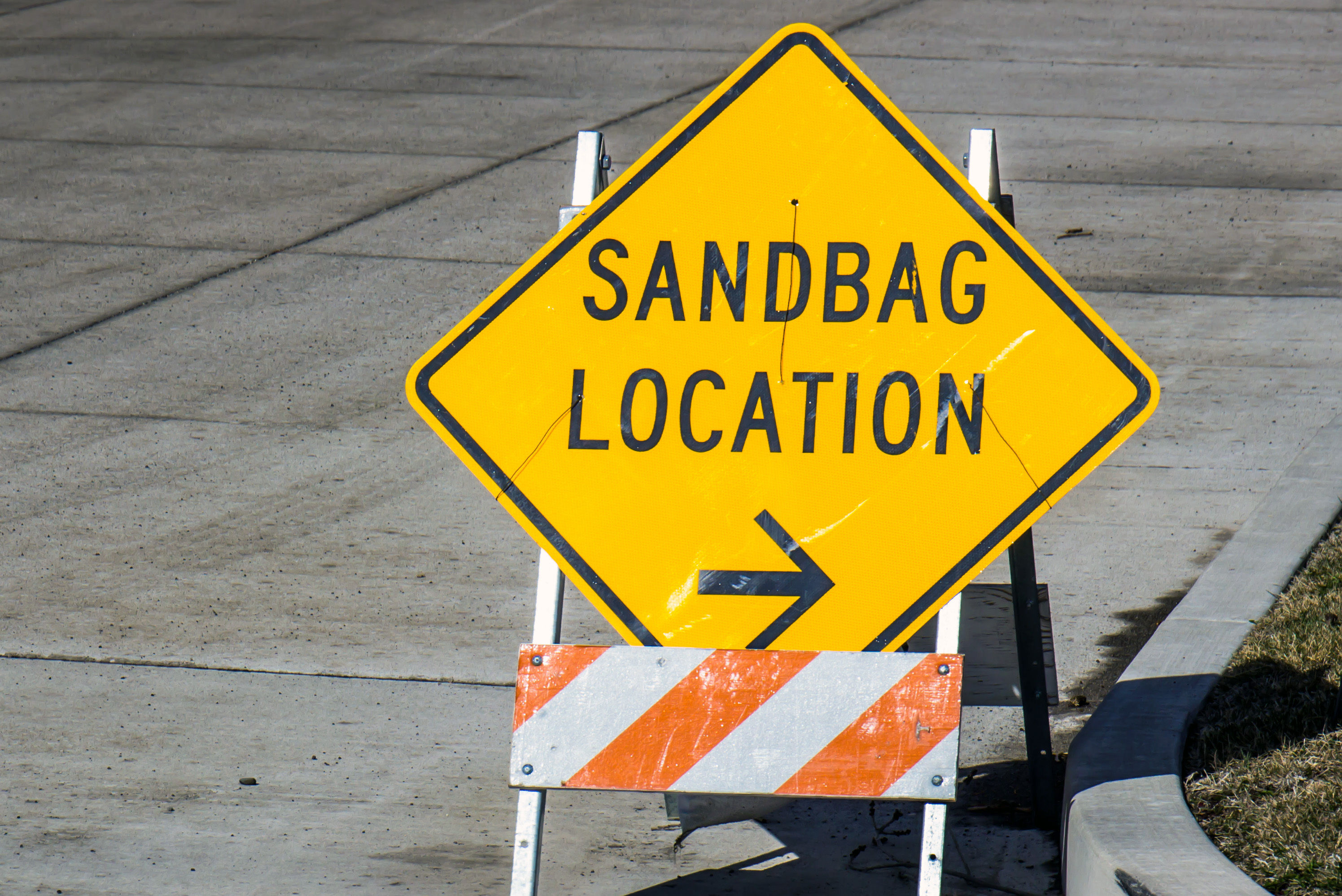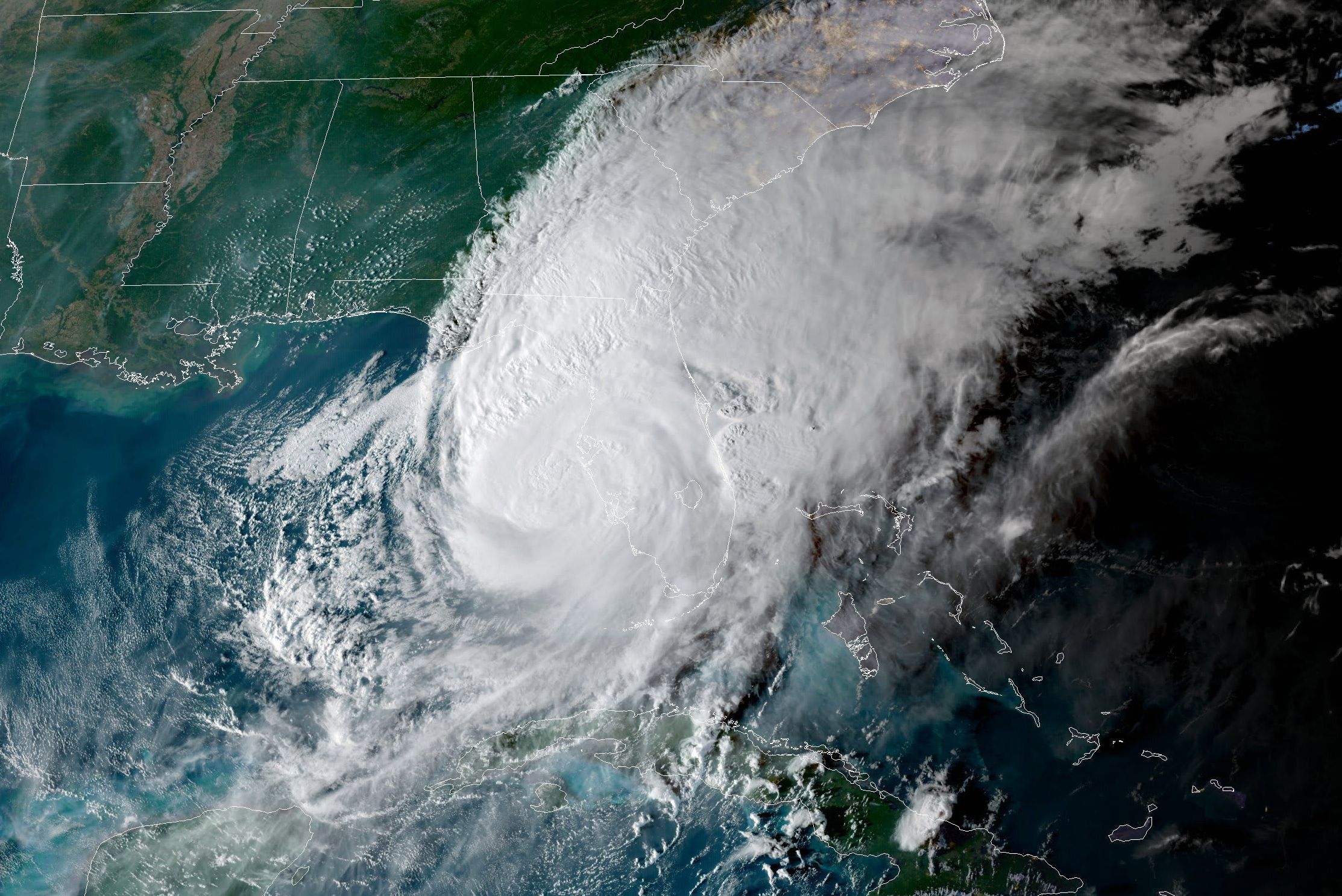Bob Harrigan Reflects on Three Decades of Sunshine and Storms

Bob Harrigan
Image: Everett Dennison
"As a kid in Ohio, I saw a picture of a snowstorm with the snow higher than the buildings, and I was fascinated. In college, I was very shy, but after I got an A in Introduction to Broadcasting, I thought I’d give it a shot. After graduation, in 1985, I sent about 100 resumes to small markets. I got a call from Sarasota. The station had had problems in covering Hurricane Elena and the FCC told them they needed to get a meteorologist—and I was a young and cheap meteorologist. I was so nervous during my first broadcast that the station owner called to see if I was OK.”
“People ask the forecast for events they’ve planned. And I get a lot of questions like, ‘Did you see that object in the sky last night? Was it a spaceship?’ Some people insist the government is putting chemicals into contrails to control our behavior. But I seldom get [criticism] saying, ‘Hey, you messed up on that forecast.’ I think that’s because I am honest in saying when we’re not sure about an upcoming weather event.”
“Social media and phones have transformed the field of weather. Now all the weather in the world is on your phone and everybody is a meteorologist. Hurricane Irma last year was the first time we used digital media to cover a storm. Hundreds of emails came in from around the world; people told us, ‘I was in Israel,’ or ‘I was in Toronto,’ watching us cover the storm.”
“People come to Florida for the weather. It’s a big factor in what they do every day. It’s also a point of pride—they love to tell friends back home about the weather.”
“Weather is not an exact science. But it’s probably 70 percent more accurate than when I started. Every year they refine the models. You have to stay up on your game, do a lot of research. I don’t delve into the technology—my job is to know the models, so I can get the forecast and explain it to people.”
“For Irma [in 2017], I stayed at the station three days and got eight hours of sleep total. I remember looking at things around me as I drove to the station, thinking, ‘That’s going to be gone.’ But [on the air] you can’t convey panic—people can pick up on what you’re feeling.”
“I’ve flown into two hurricanes—Bertha in 1996 and Ivan in 2004. It gives you a real perspective. People can never know enough about hurricanes—I tell them to watch programs, go to seminars, and although the forecasts are better, remember they’re not perfect. Thirty miles can make a huge difference. If you’re away from the storm surge and your house is properly shuttered, my advice is to hunker down and stay. But if you’re vulnerable to storm surge, leave. Twenty percent of people do not leave barrier islands when they’re told to evacuate, and if the storm hits, those islands will be devastated."



